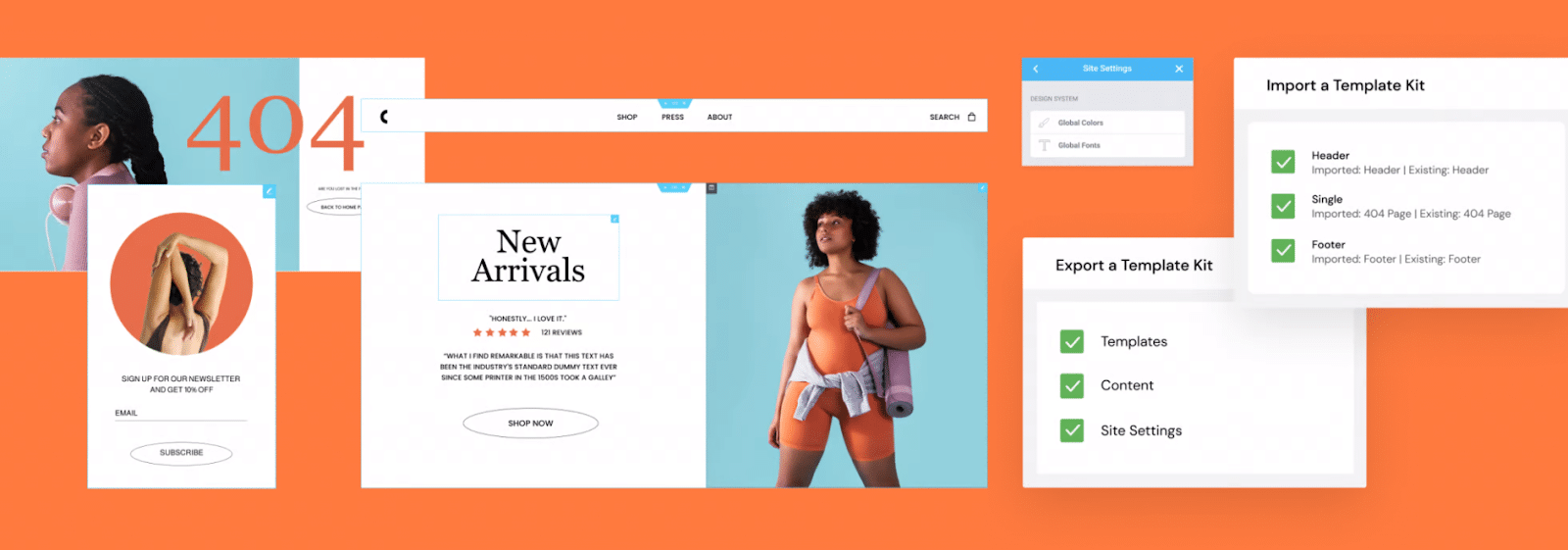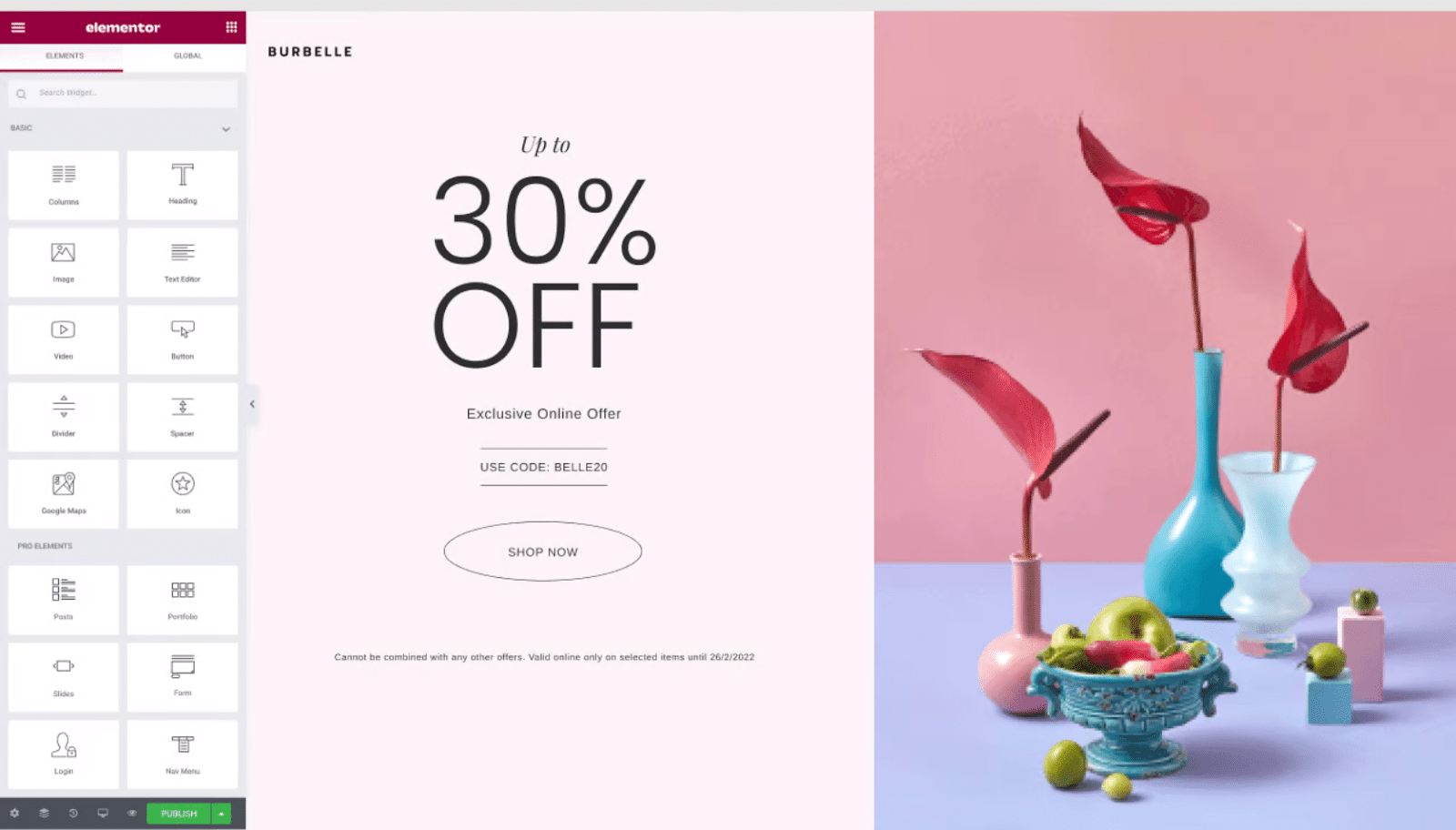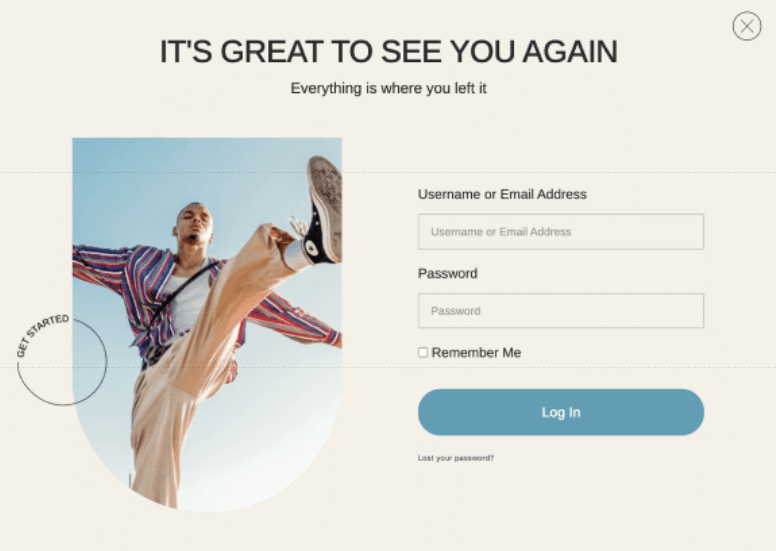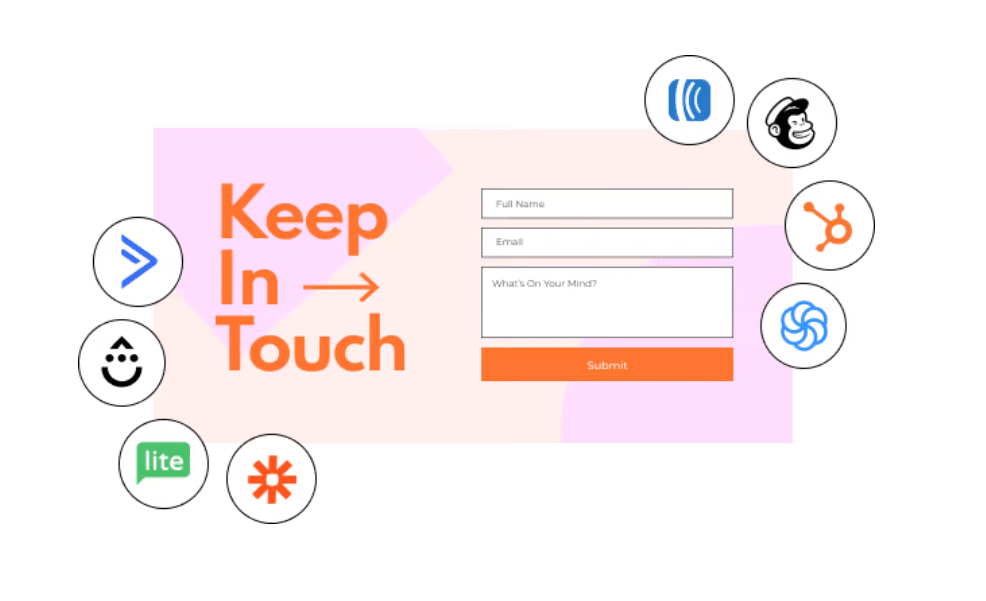Elementor’s Best Practices for Creating a High-Converting WordPress Website
This article has been submitted by Elementor.
WordPress has come a long way since it first debuted in 2003.
Originally a blogging platform, it has expanded to become a powerful digital marketing platform, with a wide range of valuable features. WordPress powers more than one-third of the web, from niche eCommerce stores to media giants like The New York Times and the Walt Disney Company.
One of the forces driving this growth is the WordPress marketplace for themes and plugins. The ability to customize your WordPress website with open-source, third-party technology offers web creators a significant advantage over other content management systems like Joomla, Wix, and Squarespace.
WordPress has earned its place for a simple reason; It’s an amazing platform for generating leads, conversions, and revenue.
Like any technology platform, WordPress has its drawbacks. Building and optimizing a high-converting website on WordPress is a technically demanding task. If you can’t code, many of WordPress’s more advanced features will remain locked for you.
Until recently, digital marketers who wanted to overcome this barrier had to hire WordPress experts with skills in PHP, CSS, HTML, and JavaScript. This enabled the largest and most successful enterprises to launch high-converting WordPress websites – but what about the rest?
Now, it’s possible for small businesses and digital marketing professionals to build high-converting WordPress websites without writing a single line of code. We’re going to show you how.

Elementor: The first step to code-free WordPress success
Elementor is a website builder that allows web creators to create high-converting WordPress websites without writing a single line of code. It puts all of the web’s latest conversion-generating tools at your disposal and handles the technical work of coding them for you.
With Elementor, generating CSS code is as simple as clicking on a widget – like a text box or an image gallery – dragging it onto your website, and dropping it in. The website builder will automatically write the corresponding code so you don’t have to.
But the real value of Elementor goes far beyond its intuitive drag-and-drop interface. It gives web creators a wealth of conversion-boosting tools ideal for turning a great idea into a flourishing online business:
Elementor is an all-in-one marketing platform; one that can be used to build high-performance landing pages, 100% customized forms, and stunning popups that grab visitors’ attention at the perfect moment.
Normally, deploying these tools would require finding and installing different WordPress plugins. You’d have to configure each one separately and then hope they’re all compatible with one another. You might have to write custom code to get them to work together smoothly and avoid weighing down your site with features you don’t need.
With Elementor, all of the tools you need to drive conversions and grow your business are available in one place. You can configure and deploy those tools through a single easy-to-use interface.

Here’s what Elementor’s drag-and-drop editor looks like
Define your conversion rate goal and start building
Before you get started building a high-converting WordPress website, you’ll need to define your target conversion rate and lay out a roadmap for achieving it. The average conversion rate differs across industries, so it’s important that you set a goal that aligns with yours.
Here are some of the lowest and highest average conversion rates by industry according to Ruler Analytics:
- Automotive – 2%
- Real Estate – 2%
- Cosmetic and Dental – 2.5%
- Healthcare and Industrial – 5%
- Professional Services – 9.5%
As you can see, knowing where your website will stand has a major influence on the conversion rate you can expect to achieve with it.
As you can see, knowing where your website will stand has a major influence on the conversion rate you can expect to achieve with it.
A high-converting WordPress website is one with an average conversion rate that exceeds the industry average. So if you’re using Elementor to build a professional services website, you’ll want to aim higher than the industry average of 9.5%. If your website is dedicated to real estate or auto sales, anything above 2% should be considered a success.
However, keep in mind that these rates are averages. There’s a good chance that top marketers in your industry are outperforming these averages several times over – or even more.
These top-performers are able to achieve impressive results because they use the right tools and technologies to maximize their conversion rate. They make data-driven decisions and fine-tune their approach using best-in-class tools.
Best practices for optimizing your website’s conversion rate

Deploy engaging, well-timed popups
There are two kinds of popups in the world of digital marketing:
Great ones….. and annoying ones.
Simply deploying an average popup builder and having it trigger as soon as people visit your website won’t help boost conversions. In fact, it will probably disrupt the user experience and end up costing you revenue.
To use popups right, you need a customizable popup builder with a wide range of configurable triggers. A good popup builder allows you to set specific triggers based on user behavior and interaction. This way, your popup ads capture interested leads right when they are primed to convert. Your popup is no longer an annoyance, but an extremely valuable conversion tool.
Gate your content strategically
Gated content is any kind of content that public visitors cannot immediately access. In order to access gated content, website visitors have to provide some kind of information – often their email address.
Web creators who use gated content strategically can build their email lists and fuel marketing efforts that target your most engaged website visitors. Converting someone who already gave you their email address is faster and cheaper than converting a brand-new website visitor who has never heard of you before.
Just like popups, using the right form builder makes all the difference. Gate your most valuable content behind an accessible form that is easy to fill out, and watch the qualified leads roll in.
Embed video content the right way

Video is a powerful tool for boosting conversions. It’s a far more engaging media format than text, audio, or still images, which makes it no surprise that some of today’s best digital marketers rely almost exclusively on video to drive conversions.
But creating and utilizing video correctly can be challenging. Video content takes up a great deal of space and bandwidth, which means misconfigured video players drag down website performance and hurt conversions. Most professional marketers choose to embed videos they’ve hosted through a separate professional video hosting platform.
YouTube is the most popular option because it’s free, but that doesn’t mean it’s always the best one. If your website focuses on professional services or B2B solutions, a specialized video hosting service with analytics and powerful customization features may offer better results than a free option like YouTube.
Integrate with high-performance marketing tools

Elementor offers everything you need to create a high-performance marketing campaign that will generate leads and drive conversions. However, you still need to deploy reputable third-party tools to monitor performance, perform analytics, and gain strategic insight into your marketing initiatives.
Depending on the size and scope of your marketing business, you may wish to integrate customer relationship management (CRM) software, sales enablement platforms, or a full-fledged marketing automation platform with your website.
These integrations are incredibly important for scalable business growth. Choosing a WordPress website builder like Elementor guarantees that you can integrate website functionalities with third-party solutions that help you drive conversions in a scalable, predictable way.
Elementor, for example, offers a wide range of third-party integrations, from marketing automation solutions like GetResponse to email and SMS marketing services like Drip. You can connect your website with some of the world’s most reputable digital marketing solutions, using code-free native integrations to make your website succeed.
Emphasize customer data protection
This is especially important for web creators who want to build and run an online store. If you want visitors to trust you with their personal data and credit card information, you’ll need to demonstrate that your website deserves that trust.
To do this, you’ll need to deploy an SSL certificate, and you’ll need to make sure your WordPress updates and patches are always up-to-date. Investing in a reputable third-party cybersecurity and disaster recovery solution will help you give customers the peace of mind they demand.

Start building your digital marketing engine today
Elementor gives WordPress web creators the ability to create fully functional, automated marketing websites without requiring them to hire expensive developers to write code. As one of the world’s most popular WordPress website builders, it’s helped millions of people monetize their content, create thriving online communities, and generate substantial revenue.
You can start creating your very own Elementor website for free using Elementor’s Basic plan, which includes all of the tools you need to get your website up and running.
With Elementor’s paid Essentials subscription, you gain access to the full slate of conversion-boosting tools that today’s most successful marketers rely on. For less than the price of a single coffee per month, you can start leveraging advanced marketing technologies on your WordPress website and become a top-performing digital marketer yourself.
Sell more, understand your customers’ journey for free!
Sales and Marketing teams spend millions of dollars to bring visitors to your website. But do you track your customer’s journey? Do you know who buys and why?
Around 8% of your website traffic will sign up on your lead forms. What happens to the other 92% of your traffic? Can you identify your visiting accounts? Can you engage and retarget your qualified visitors even if they are not identified?


